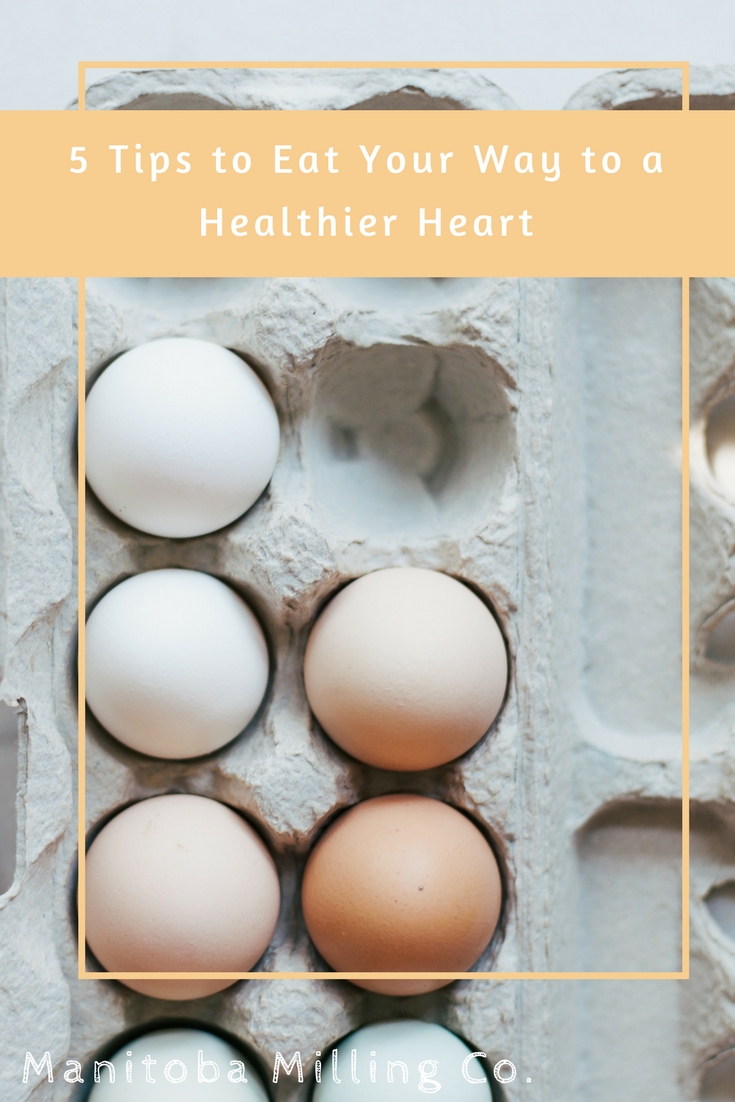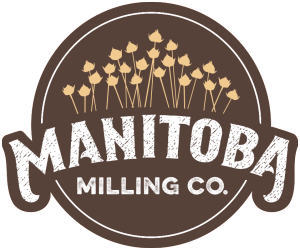5 Tips to Eat Your Way to a Healthier Heart
Each year 1 in 4 people die of heart disease. It’s actually the #1 cause of death in the U.S. No matter your age, genes, medical history, or current lifestyle – it can’t hurt to make healthier choices and take on a few healthier habits. Healthy doesn’t have to be hard or extreme by any means. Find nutritious foods you like, activities you enjoy, and habits that work for you. No matter how big or small, little changes can drastically impact your health in the long run.
While you’ve likely heard the recommendation to get 30 minutes of exercise on most days, your diet also plays a big role in your long term health, especially when it comes to your heart. See below for a few tips to eat your way to a healthier heart.

Table of Contents
Toggle5 Tips to Eat Your Way To a Healthier Heart
1. Choose Your Fats Wisely
Unsaturated fats have been shown to help improve blood cholesterol. Experts recommend to choose these types of fats more often than saturated fats. You can find unsaturated fats in a variety foods including: avocados, olive oil, flaxseed, walnuts, and pumpkin seeds.
Omega-3s are an essential type of fatty acid, meaning your body can’t make them so they must come from food. Omega-3s are anti-inflammatory and have been shown to help lower cholesterol and triglycerides. A great to way to get more omega-3s in your diet is to consume fish like salmon, halibut, and oysters. Good plant-based sources of omega-3s include walnuts and ground flaxseed.
Trans fats, on the other hand, have been shown to raise LDL (‘bad’) cholesterol, lower HDL (‘good’) cholesterol, and contribute to inflammation. These types of fats are found in many baked goods, fried foods, and packaged snacks. Read your ingredients lists to look for ‘Partially Hydrogenated Vegetable Oil’ to spot hidden trans fat. The FDA (Food and Drug Administration) is requiring manufacturers to rid their products of trans fat by June 18, 2018.
2. Eat More Fiber
Experts believe that fiber may aid in healthy cholesterol levels as well as a healthy blood pressure. The mechanism is a bit unclear but experts believe that the fiber binds to LDL cholesterol and helps to transport it out of the body. You can find fiber in whole grains like oats, quinoa, barley, rice, whole wheat bread, and whole grain cereals. There is also fiber in fruits and vegetables (especially in the skins), nuts, and seeds (like flaxseed!).
3. Use Herbs & Spices to Season
While our body needs sodium for a variety of processes, too much salt from processed foods, restaurant meals, and even home cooking can increase your blood pressure. Herbs and spices are a great heart healthy alternative to add flavor to your meals. Many of them are even anti-inflammatory and act as antioxidants.
4. Choose Food Sources of Antioxidants
A diet rich in antioxidant containing foods, like whole grains, fruits, and vegetables, has been linked to a decreased risk of cardiovascular disease as well as many other health benefits. Antioxidants are also available in supplement form, but studies have shown that these are not as beneficial. For more food sources of antioxidants try ground flaxseed, green tea, blueberries, sweet potatoes, green leafy vegetables, oranges, and more.
5. Eat More Plants
As mentioned above, diets that contain whole grains, fruits, and vegetables can be beneficial to your long term health. Studies have shown that plant based diets may also help to lower blood pressure and cholesterol.
Cooking at home allows you to choose the ingredients that go into your meals. You can choose real whole foods and less processed ingredients. You can choose to add more fruits and veggies, season with herbs and spices, or go light on the condiments. A heart healthy diet is a general healthy diet that focuses on a variety of whole foods, fruits, veggies, and whole grains.

1 Comment.
[…] For more ideas of how to eat your way to a better heart, check out this post! […]